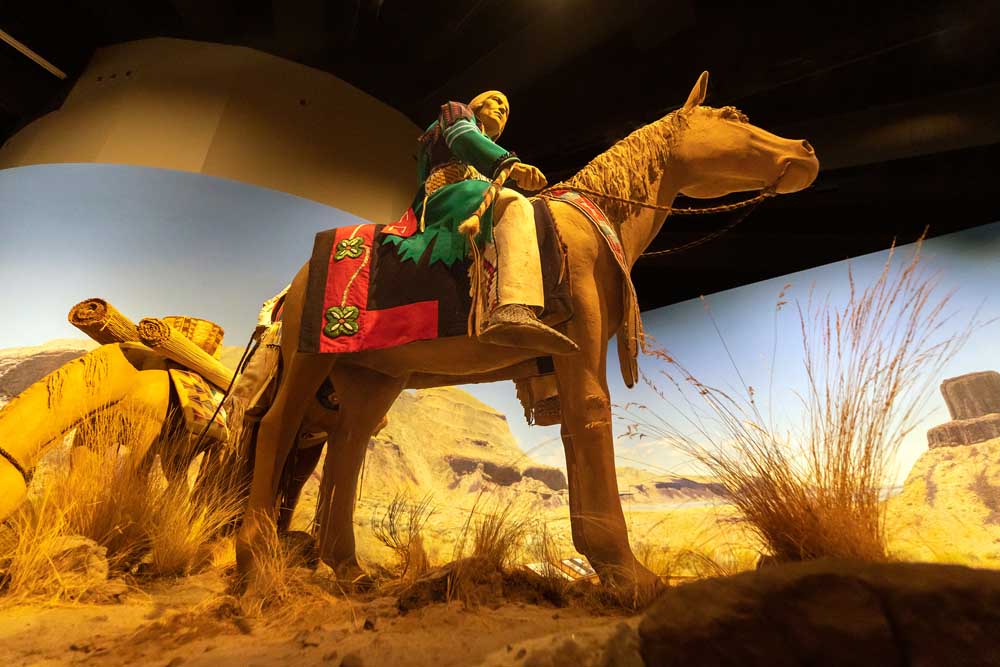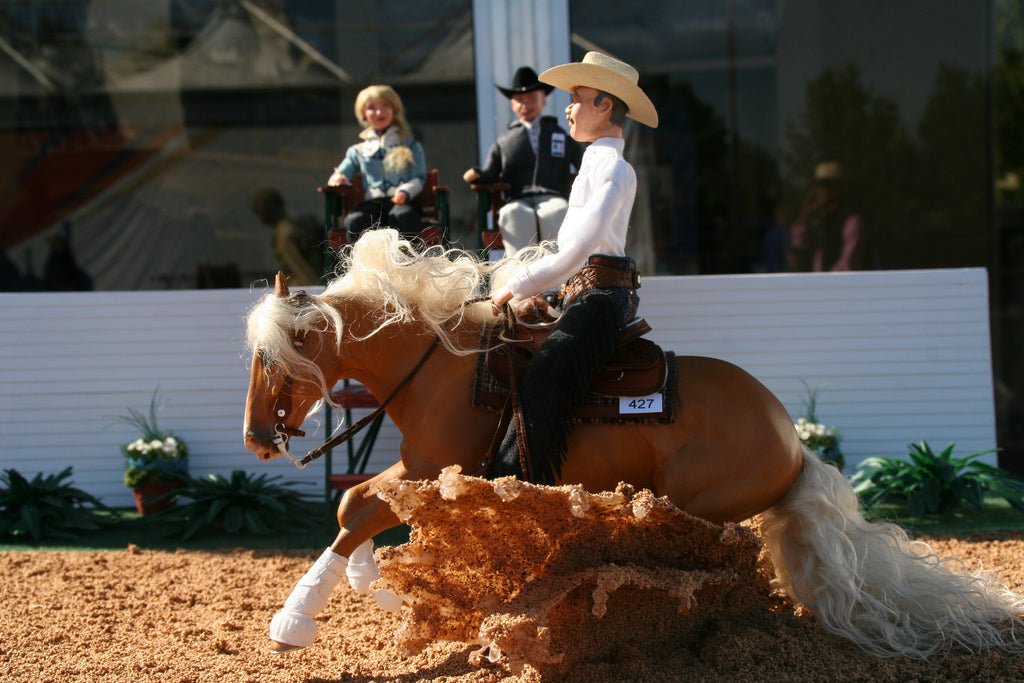Cultural Differences in Horse Handling and Riding

Horse handling and riding are deeply influenced by cultural traditions, environmental factors, and historical contexts. Understanding these differences not only enriches our appreciation of equestrian practices worldwide but also highlights the diversity in human-animal relationships.
Overview of Cultural Influences

| Culture/Region | Horse Handling Style | Riding Techniques | Equipment Used | Purpose/Tradition |
|---|---|---|---|---|
| Mongolian | Loose rein, natural horsemanship | Bareback or simple saddles | Minimal tack, often homemade | Herding, warfare, nomadic travel |
| Spanish (Andalusian) | Classical dressage, precise cues | High collection, elegant posture | Ornate saddles, bridles | Bullfighting, ceremonial events |
| Native American | Close bond, intuitive control | Riding with minimal gear | Rawhide reins, simple bits | Hunting, warfare, spiritual rituals |
| Arabian | Endurance riding, light contact | Forward seat, long-distance | Lightweight saddles, fine bridles | Racing, desert travel |
Key Cultural Differences Explained

1. Horsemanship Philosophy
- Mongolian: Emphasizes harmony with the horse, using minimal equipment to allow natural movement.
- Spanish: Focuses on precision and control, reflecting centuries of classical training.
- Native American: Prioritizes a spiritual connection and intuitive communication.
- Arabian: Values endurance and speed, adapting to harsh desert conditions.
2. Riding Techniques
- Bareback vs. Saddled: Some cultures prefer riding bareback for better feel and control, while others use elaborate saddles for stability and style.
- Posture and Seat: Variations range from the upright, collected seat of Spanish riders to the forward-leaning posture of endurance riders.
3. Equipment and Tack
- Materials and designs vary widely, influenced by available resources and cultural aesthetics.
- For example, Mongolian tack is often handmade from leather and wood, while Spanish tack is richly decorated.
4. Purpose and Tradition
- Horse use ranges from practical needs like herding and transportation to ceremonial and sporting events.
- Cultural rituals often incorporate horses symbolically, reflecting their importance.
Frequently Asked Questions (FAQ)
Q1: Why do some cultures ride bareback while others use saddles?
A1: Bareback riding allows closer contact and communication with the horse, common in nomadic cultures like the Mongols. Saddles provide stability and are preferred in cultures emphasizing formal riding styles.
Q2: How do environmental factors influence horse handling?
A2: Terrain, climate, and available materials shape riding techniques and equipment. Desert cultures favor lightweight gear for endurance, while mountainous regions may require sturdier tack.
Q3: Are there universal principles in horse handling despite cultural differences?
A3: Yes, respect for the horse, clear communication, and safety are common values across cultures.
Conclusion
Cultural differences in horse handling and riding reflect the unique histories, environments, and values of societies around the world. Exploring these variations offers insight into the rich tapestry of human-animal relationships and the enduring bond between people and horses.
